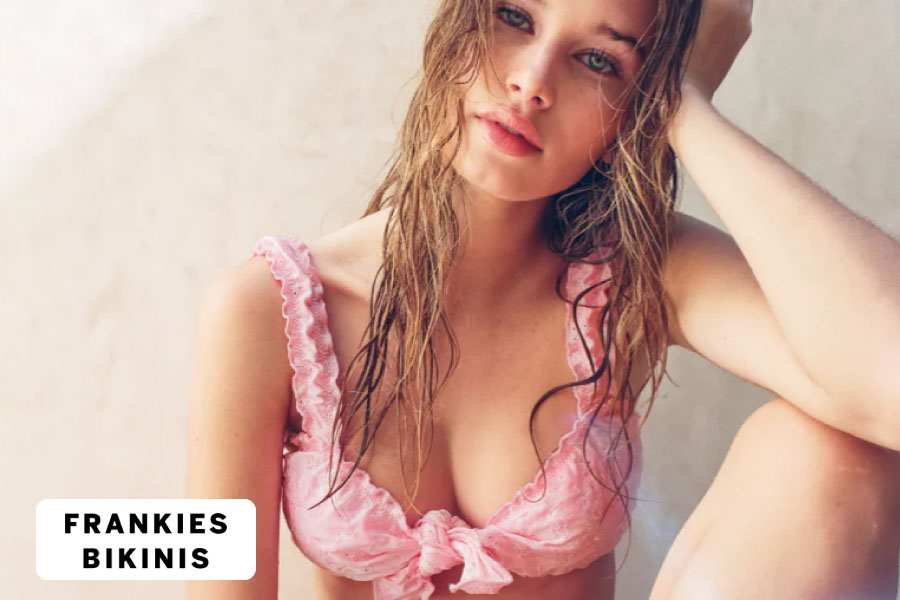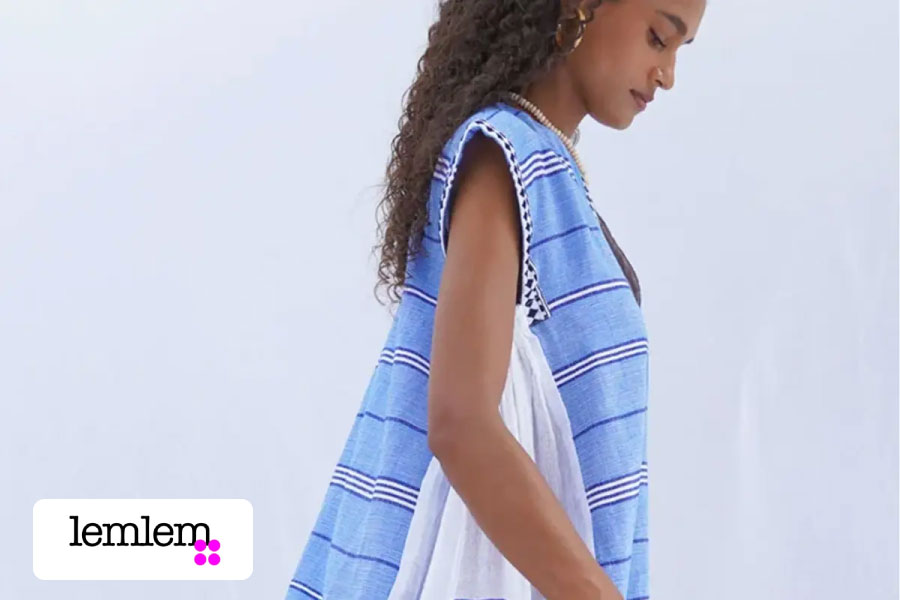Legacy brands have a lot going for them: vendor connections, wholesale distribution networks, and loyal end customers, but they have challenges all their own as they grow to meet challenges of the current era.
Scott Barber, a men’s sportswear line founded nearly 30 years ago in 1994, had steady business for decades and a reputation that preceded it. However, when new management took the business on two years ago, they saw it could reach new heights.
“We’ve given the brand a new life,” says Rosemarie Grieco, Managing Partner of Scott Barber, “by evolving and elevating the collection in the better men’s specialty market, and by expanding our reach on our direct to consumer site.”
This two-pronged approach is the result of fresh thinking and a deep analysis of the Scott Barber business already taking the brand from good to great.
“We are a new team with a new vision,” Grieco says, “and it’s highly appreciated by our retailers!”
As soon as Grieco and her colleagues took on the business, it was clear that outdated technology behind the scenes was holding it back. As a small team, it was important that they could get full control and visibility of each element of the business, and they turned to ApparelMagic to get it done.
“I’m one person,” Grieco says, “so I needed to streamline as much as I could.”
Grieco single-handedly took on the business’s transition to ApparelMagic, integrating their data with built-in tools like line sheets and ApparelMagic Pay, as well as connecting with outside service providers like QuickBooks, NuOrder, and Shopify.
“Every aspect of the business can be run through ApparelMagic,” Grieco says, “and that’s what I love.”
For legacy businesses like Scott Barber, ApparelMagic’s multi-channel sales tools and integrations are ideal. With big wholesale customers like department stores eager to keep Scott Barber in their assortments, for example, it was necessary to connect through EDI.
“EDI is so important and critical to run a business because you have trading partners that work that way,” Grieco says.
Meanwhile, they also do strong business through an online B2C storefront built through Shopify. ApparelMagic’s platform manages all of these sales channels in one convenient place.
With Scott Barber’s priceless brand equity paired with ApparelMagic now taking them to the next level, the future is bright for another 30 years of continued success.

























